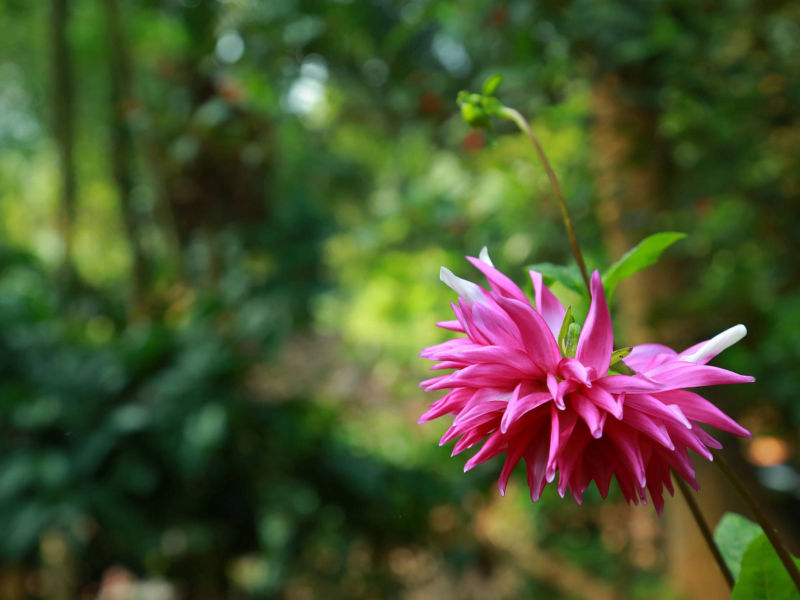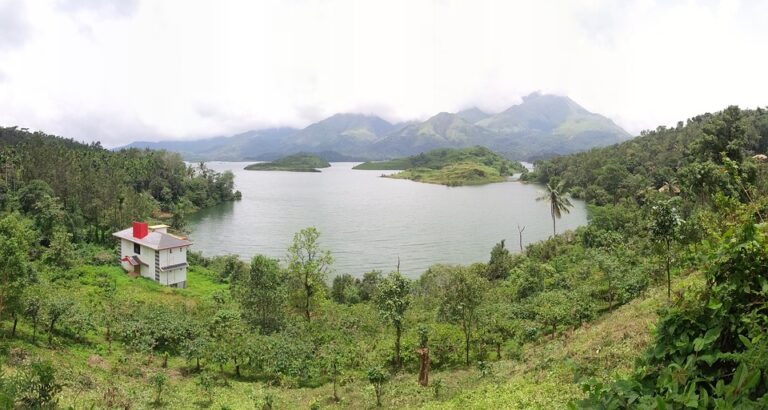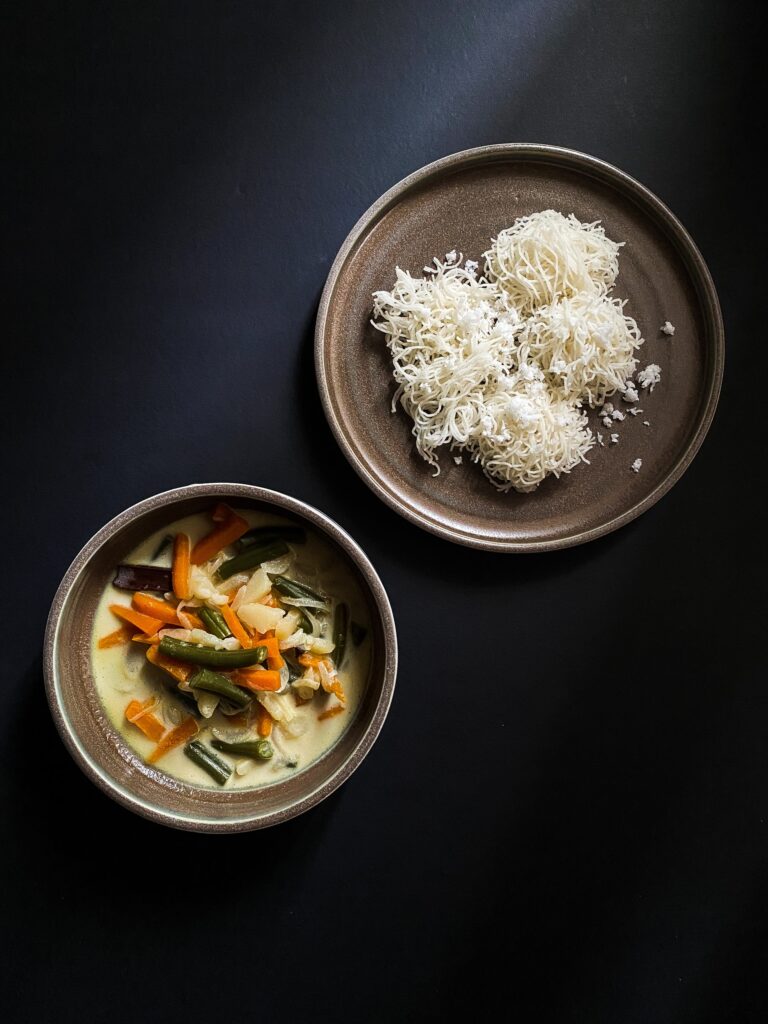The flora of Wayanad is distinctive because of the Western Ghats and due to the plantation crops that are grown there in the cool climate. A major portion of the district is enclosed by coffee plantations. Trees of the wild type like rosewood, anjili or Artocarpus, mullu murikku or Erythrina, several species of caussia and many other non-descript varieties are still preserved here and there, the main purpose behind this is to give shade to the coffee plants from the heavy sunlight. Our resort in Wayanad is a beautiful place for you to stay at when you are visiting Wayanad. Our resort in Wayanad has some of these specimens of Flora found in Wayanad.
These trees try to balance the large wasteland to the landscape of Wayanad. In a majority of coffee plantations, the age-old species are replaced by the grand silver-oak, which is suited to the cold climate. This tree grows quickly and its cultivation is widespread among coffee plantations for shade and for giving support to pepper plantations as well. It is used for the plywood industry and is also very economical for the farmers. Eucalyptus grandis, which is a shorter variety of eucalyptus, and whose fragrant smell changes the air surrounding it, is cultivated on a large scale in many parts of the district. Eucalyptus oil is extracted on a commercial basis from its leaves in these plantations.
Teak plantation takes the major part out of the 20,864 hectares of reserve forest in Wayanad. Areca nut, palms and jack trees are also grown here which adds to the diversity of the trees and flora. Tea is grown as an industry in large estates over here. For horticulture also the soil and climate of Wayanad are very much suitable on a commercial basis.
Certain trees grown in Wayanad –
Rosewood – The rosewood tree or the Dalbergia Sissoo, commonly known as the Sheesham tree, is a fast growing and hardy deciduous rosewood tree, native to the large subcontinent of India and Southern Iran. It is a large, crooked tree, with quite long leaves which are leathery in nature and has pink or white flowers. Our resort in Wayanad has some rosewood trees as well.
Artocarpus Tree – The Artocarpus Hirsutus which is commonly known as the wild Jack, is a tropical evergreen tree species that is native to the subcontinent of India, primarily in Kerala, but also in Karnataka, Maharashtra and Tamil Nadu, where it prefers moist, deciduous to partially evergreen woodlands. The Artocarpus hirsutus grows in altitudes ranging from sea level to an elevation of 1000 meters in places with an annual rainfall of 1500 millimeters or more which makes it a really adaptable tree. They are endemic to the Western Ghats and are found in its lush evergreen forests. The canopy tree can reach a massive height of up to 35 meters and about 4.5 meters in girth. The tree is prized for its durable timber which is comparable in quality with teak and is very popular. The timber was used extensively in the construction of ceilings, door frames and furniture in older buildings, especially in the state of Kerala.
Erythrina Tree – The coral tree is an amazing tropical tree that is a member of the legume family, Fabaceae. It may be spiny or smooth, deciduous or evergreen, with a spectacle of a flower in brilliant pink, red or orange hues which appears to be really beautiful. The Indian Coral Tree is a showy, spreading tree legume with brilliant red blossoms. This highly valued ornamental tree has been described as one of the gems of the floral world. It is a picturesque, broad and spreading, deciduous tree that can reach to over 60 to 80 feet tall and spread to over 20 to 40 feet. It has many stout branches that are armed with black tiger’s claw spines which is a remarkable feature. There are curved spines which are really more like prickles on the long leaf stalks too. The leaves are compound, with three diamond shaped leaflets, each about 6meters long. Before the leaves come out in late winter or early spring, the coral tree puts on a spectacular show with bright crimson flowers in dense terminal clusters which looks beyond amazing. It may flower a little during the summer, also. The bean-like pods that follow the flowers are cylindrical, about 15 in long, and constricted between the small reddish brown seeds. The naturally occurring variety orientalis has the veins of its leaflets highlighted with yellow or pale green in color. ‘Parcellii’, with yellow variegated leaves, may be just another name for the same variety of the Indian Coral Tree. ‘Alba’ has beautiful white flowers. Our resort in Wayanad has some Indian coral trees as well.




